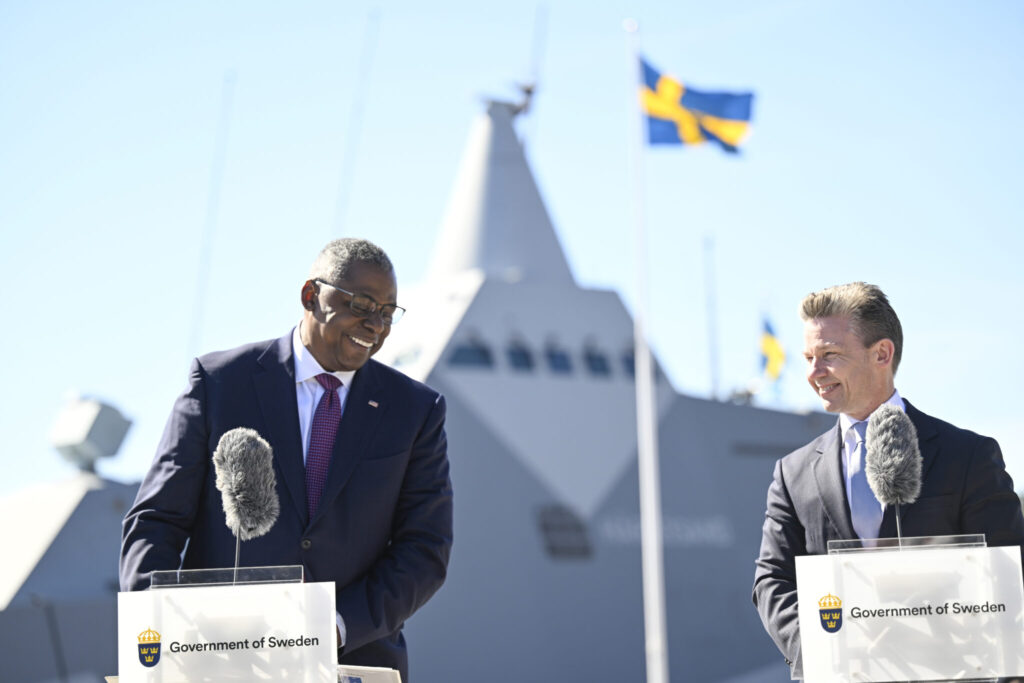The United States looks forward to welcoming Sweden as a NATO member before the alliance’s upcoming summit in July and will encourage Turkey and Hungary to ratify accession, U.S. Defense Secretary Lloyd Austin said on Wednesday during a visit to Sweden. Along with Finland, Sweden applied to join NATO in May last year. Finland’s application was processed in record time and it became the thirty-first member of the alliance earlier this month. Sweden’s accession has been held up by Turkey and Hungary who have yet to ratify Sweden as a member. The Associated Press has the story:
Austin hopes Turkey to back Sweden NATO bid
Newslooks- MUSKO NAVAL BASE, Sweden (AP)
U.S. Defense Secretary Lloyd Austin said Wednesday it’s important that Turkey makes its decision to allow Sweden to join NATO “sooner versus later,” and said he “feels confident” it will happen before the alliance summit in July.
He declined, however, to say whether a recent U.S. deal to provide fighter jet upgrades to Turkey will provide enough incentive for Ankara to finally vote.
Swedish Defense Minister Pål Jonson said he is hopeful Sweden will gain admittance by summer, and his country feels more secure with the additional U.S. military exercises and involvement with his nation.
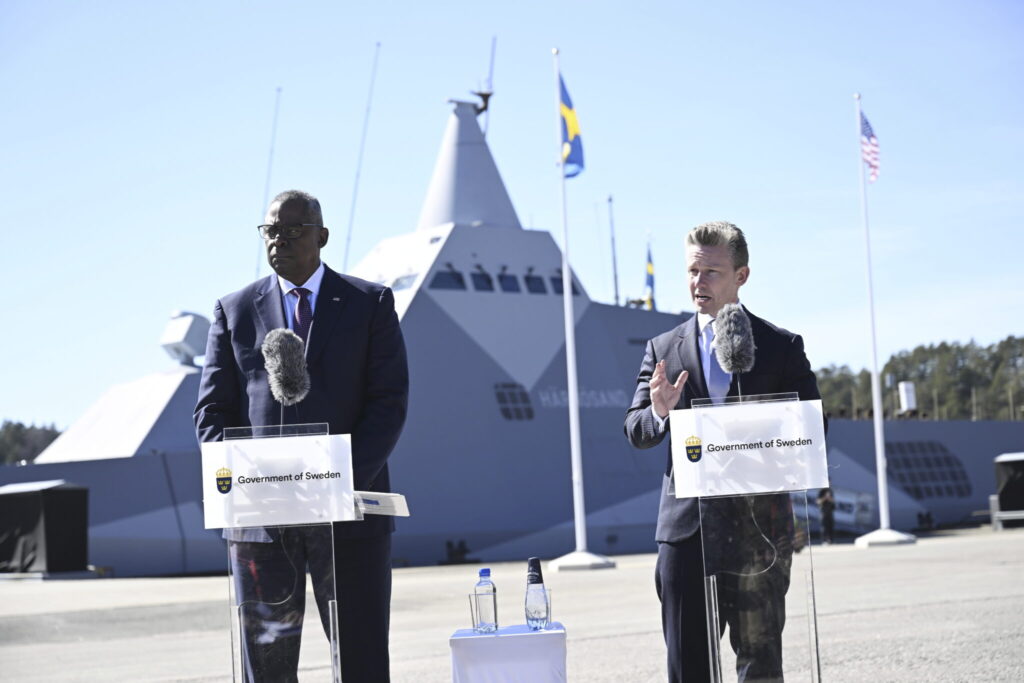
“We look forward to continuing to advocate for your swift admission to NATO, and we’ll work hard to get that done before the summit,” Austin said. The NATO summit will be in Lithuania in early July.
Sweden’s bid to join NATO remains stalled by opposition from Turkey and Hungary, even weeks after both nations finally approved Finland’s application. Sweden and neighboring Finland jointly applied for NATO membership in May 2022, abandoning decades of non-alignment in the wake of Russia’s invasion of Ukraine.
Austin and Jonson spoke to reporters near the docks at the Musko Naval Base. Austin is traveling on the HMS Harnosand, the Visby class corvette warship, between two islands in the southern Stockholm archipelago. The U. S. defense secretary watched as Swedish Marines on small combat boats conducted an amphibious landing exercise, the sounds of their guns echoing off the water.
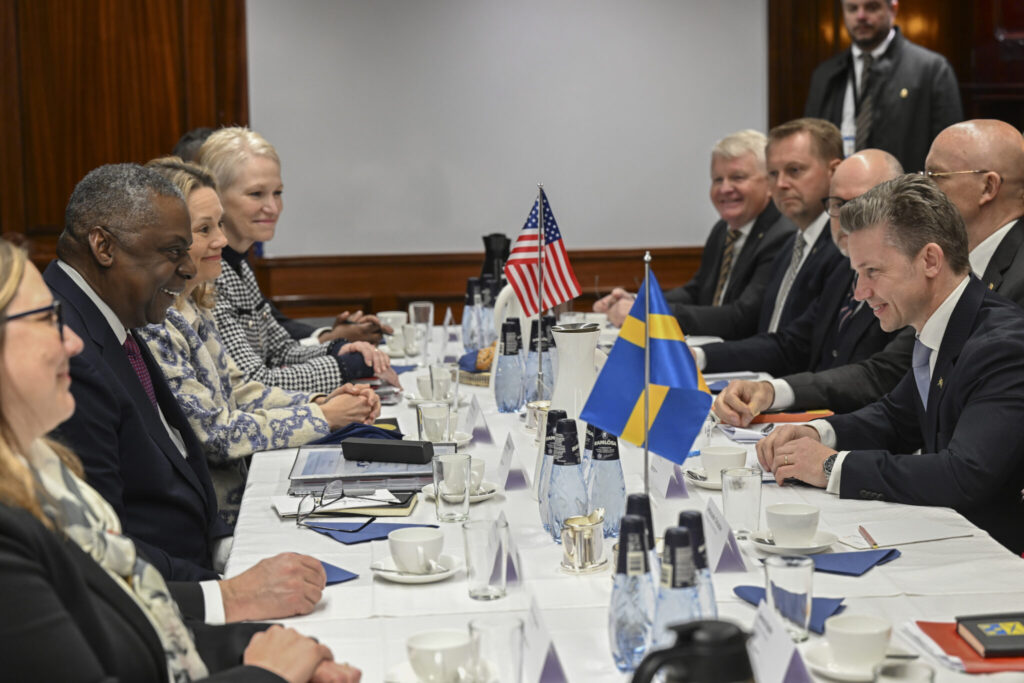
Austin said his visit comes at a crucial time for European security, and he urged Turkey and NATO to act soon to approve Sweden’s membership in NATO. He said it will mean a stronger alliance and a more secure Europe, lauding Sweden’s troops and their capabilities, particularly in the Baltic Sea region.
“It’s important to all of us that they make the decision sooner versus later,” Austin said.
The U.S. agreed Monday to sell Turkey $259 million in software it has long sought to upgrade its fleet of U.S. F-16 fighter jets. But Turkey also still wants to buy 40 new F-16s from the U.S. — a sale opposed by some in Congress who want to wait until Turkey approves Sweden’s membership in NATO.
In remarks at the start of their meeting, Jonson thanked Austin for America’s continuing military support “during this transition time into NATO,” which he said has reassured Sweden and helped make the country more secure.
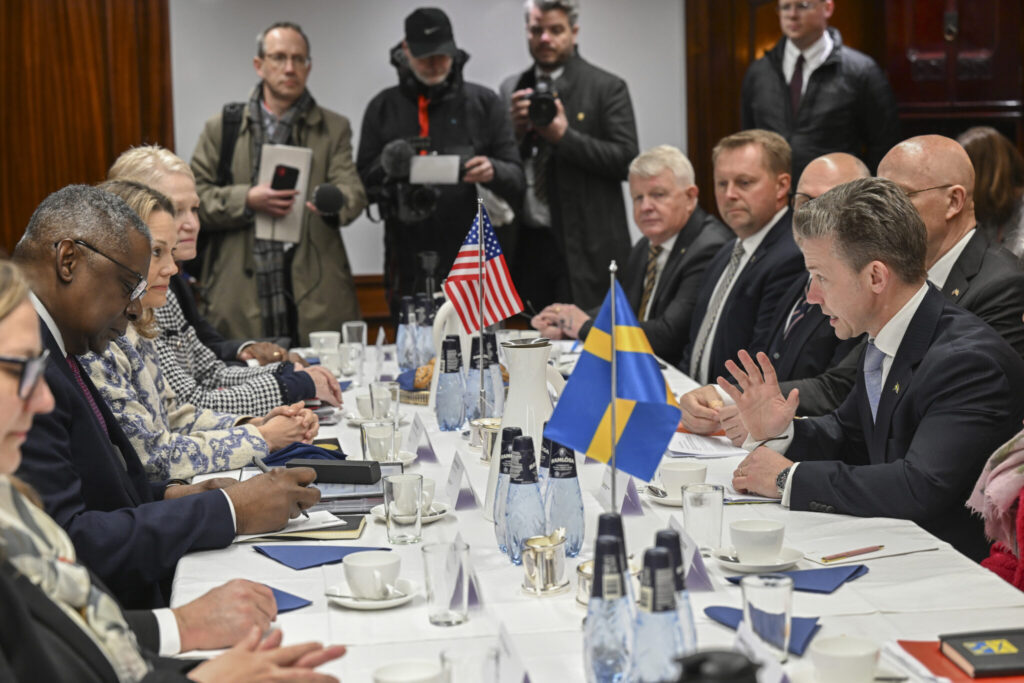
Austin’s visit to Sweden is the first by a U.S. defense chief since 2000, by then-secretary William Cohen. While the U.S. military has long trained with Sweden, it has not been a frequent stop for U.S. defense leaders, since they are more likely to visit with NATO allies — an alliance Sweden has long resisted joining.
Austin got a sweeping look at Sweden’s military, including a tour of the Musko cave complex and its maritime operations centers, followed by an hour-long ride to Berga Naval Base, aboard one of the Navy’s Visby-class Corvette ships.
While Sweden has long worked with NATO and is considered a “partner country,” it does not enjoy the full protections afforded a member nation — most importantly Article 5 protection. That provision of the treaty states that if one member of the alliance is attacked in Europe or North America, it is considered an attack on all.
The only time the Article 5 mutual defense provision has been invoked was in support of the U.S. after the Sept. 11, 2001, attacks on New York and Washington. But in the wake of Russia’s invasion of Ukraine in Feb. 2022, a number of European nations feared they could be attacked next — triggering the NATO applications of Finland and Sweden.
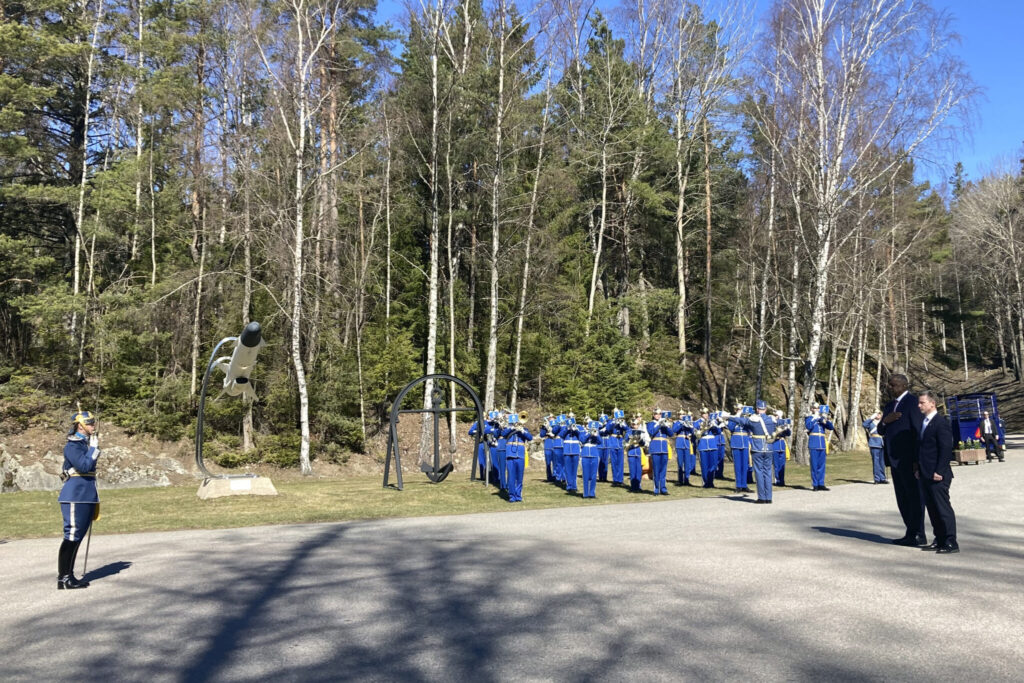
Finland formally joined the alliance on April 5, just days after Turkey and Hungary finally voted to ratify Helsinky’s application. A unanimous vote of all 31 alliance members is required to admit new members.
In response to Finland’s formal acceptance, Russia’s Foreign Ministry said Moscow “will be forced to take military-technical and other retaliatory measures to counter the threats to our national security arising from Finland’s accession to NATO.” And Kremlin spokesman Dmitry Peskov said Finland’s membership reflects the alliance’s anti-Russian course and warned that Moscow will respond depending on what weapons NATO allies place there.
The Turkish government has accused Sweden of being too soft on groups that it deems to be terror organizations. President Recep Tayyip Erdogan has said Ankara needs further assurances before it will give its final approval.
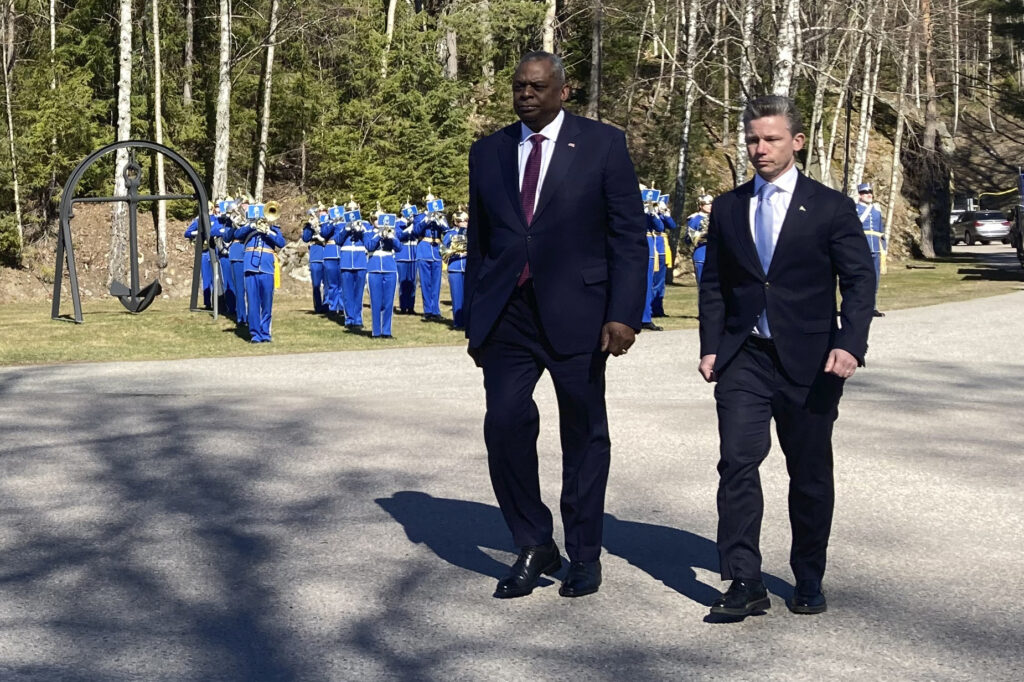
The dispute grew when, in January, a far-right activist from Denmark got police permission to stage a protest outside the Turkish Embassy in Stockholm where he burned the Islamic holy book. The incident angered millions of Muslims around the world, and Turkey said it wouldn’t allow Sweden to join NATO as long as Stockholm permits such protests. In Sweden, such demonstrations are protected by freedom of speech.
Austin spoke with Turkey’s defense minister, Hulusi Akar, on April 6, and according to a statement from the defense ministry they discussed Finland’s NATO membership and “it was emphasized that we always support NATO’s Open Door Policy, Finland’s membership shows this once again and it is hoped that Sweden will fulfill its commitments as soon as possible.”

